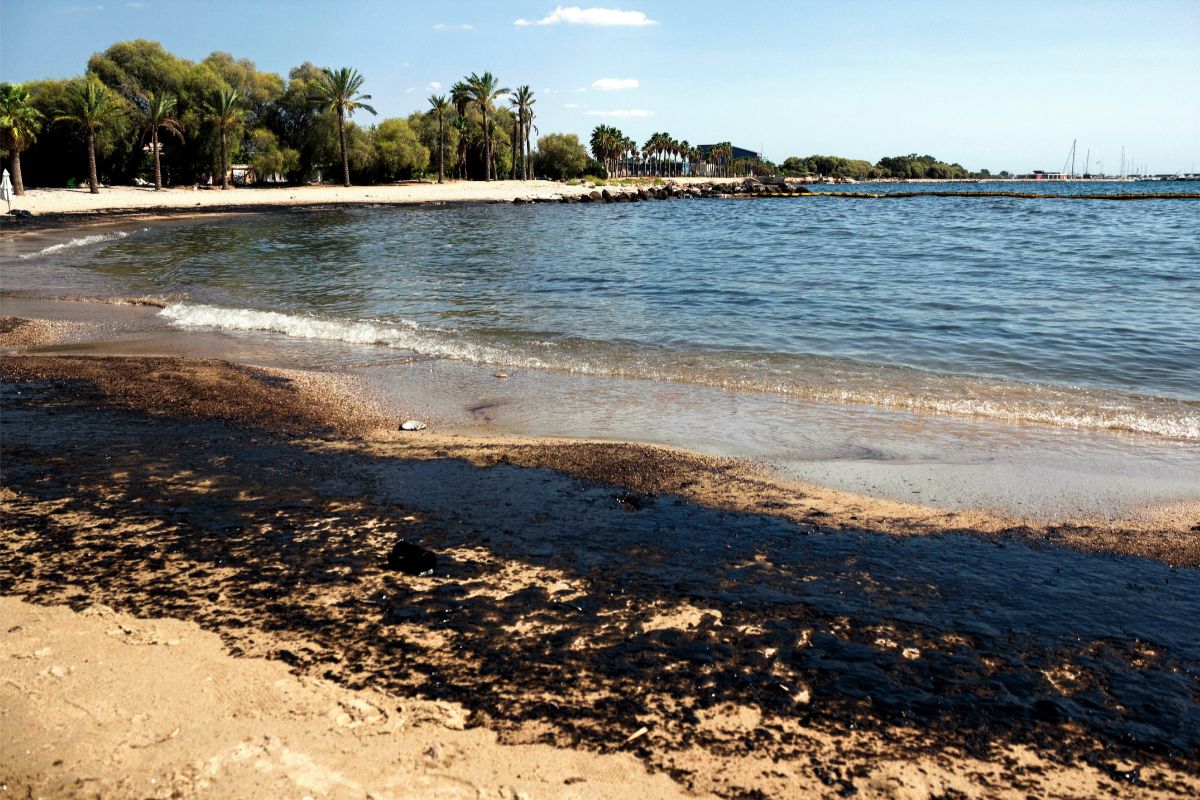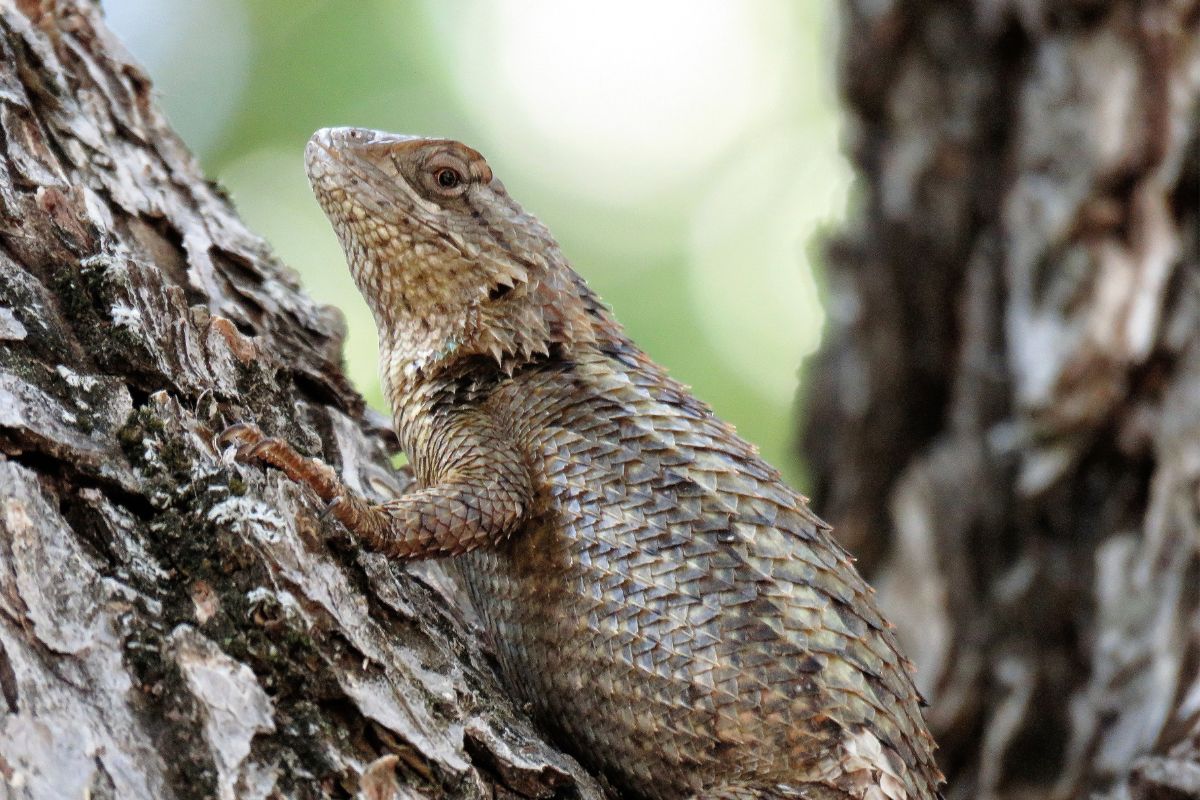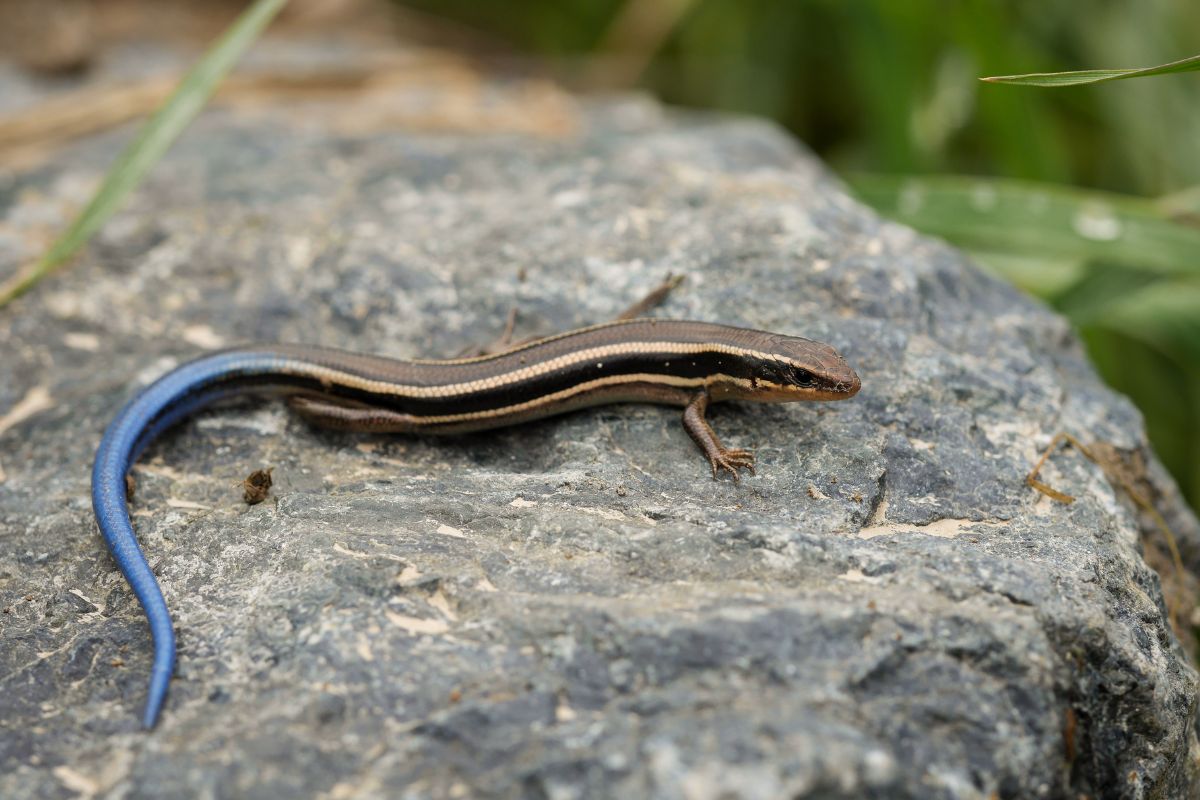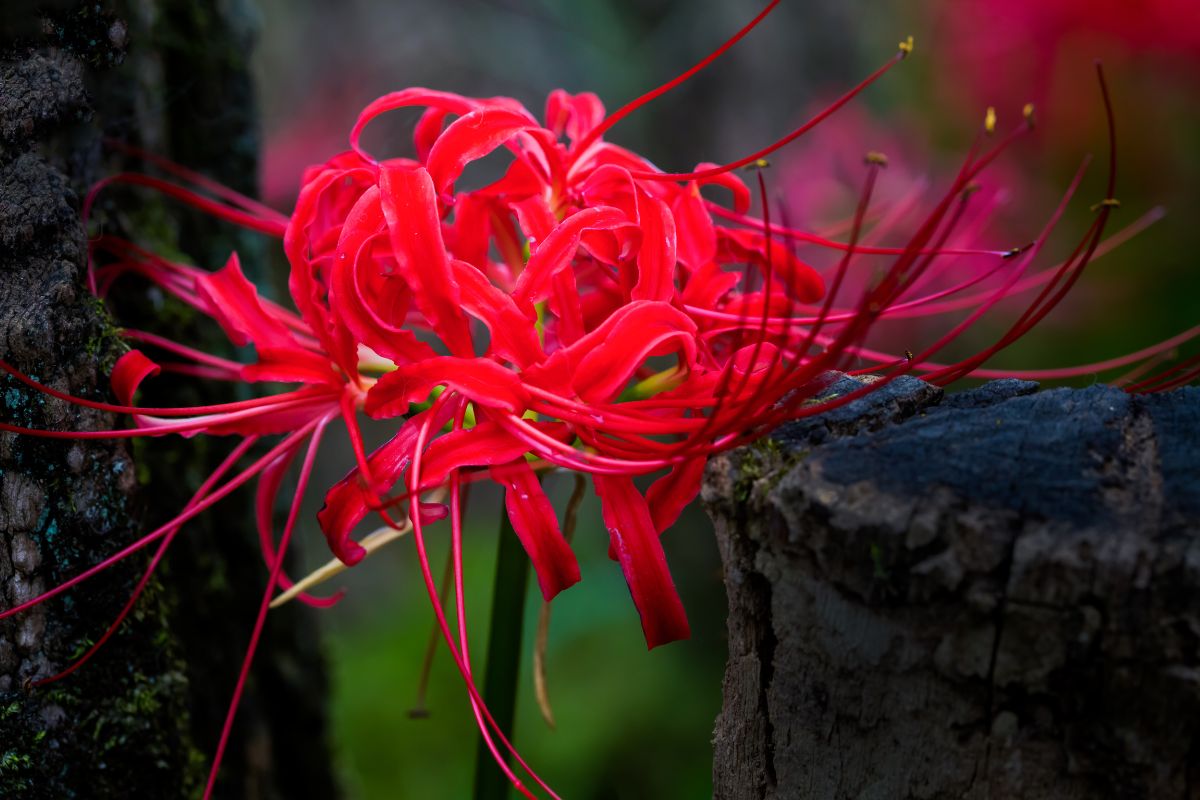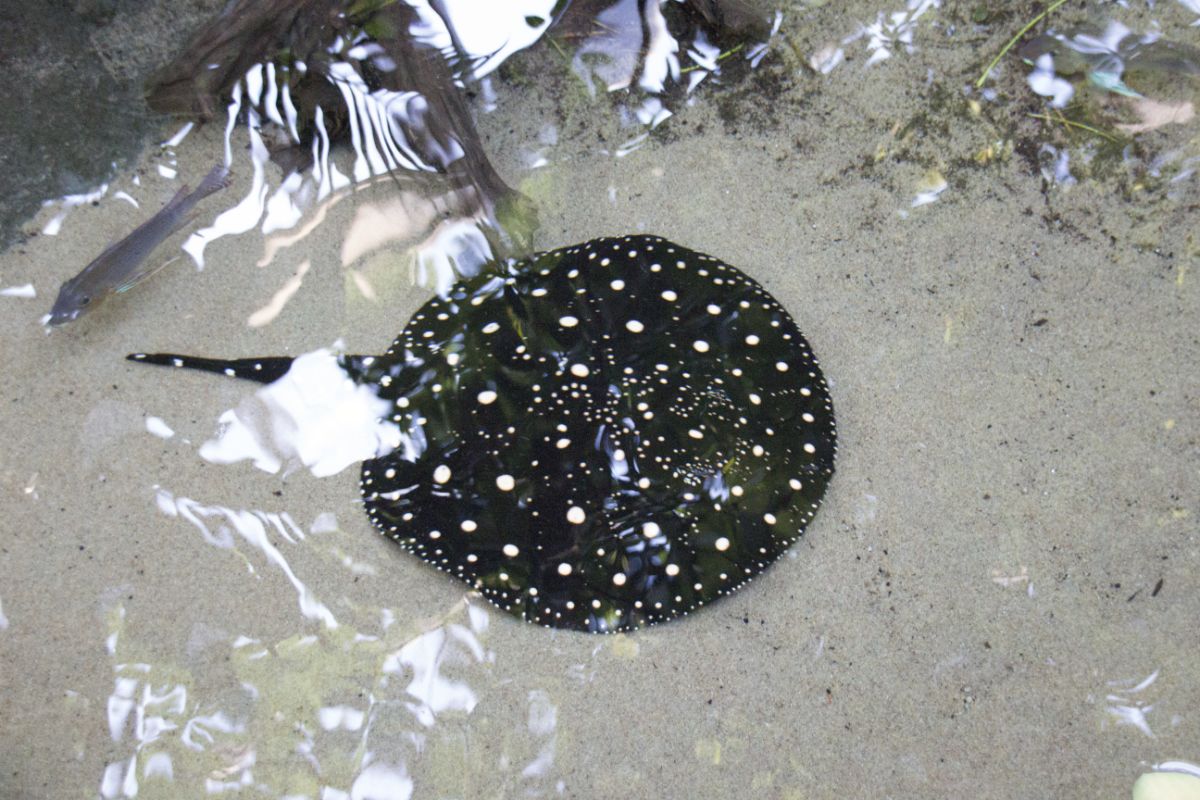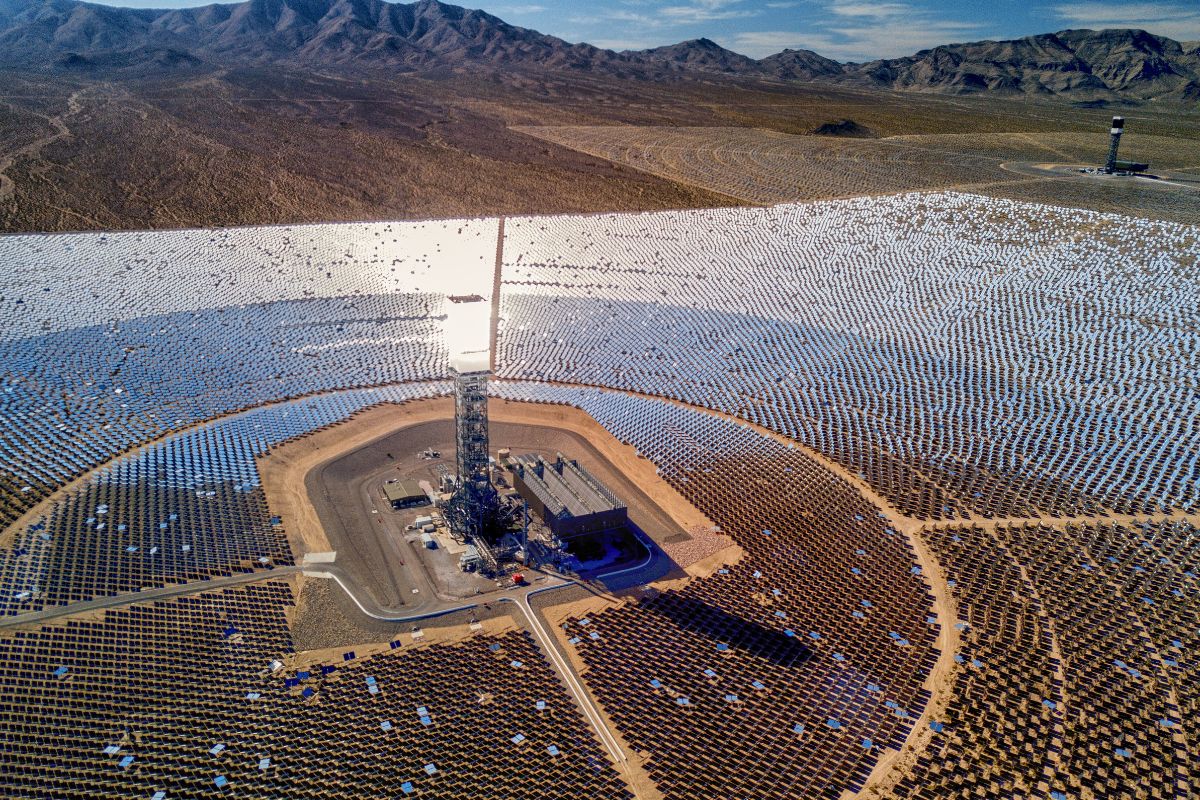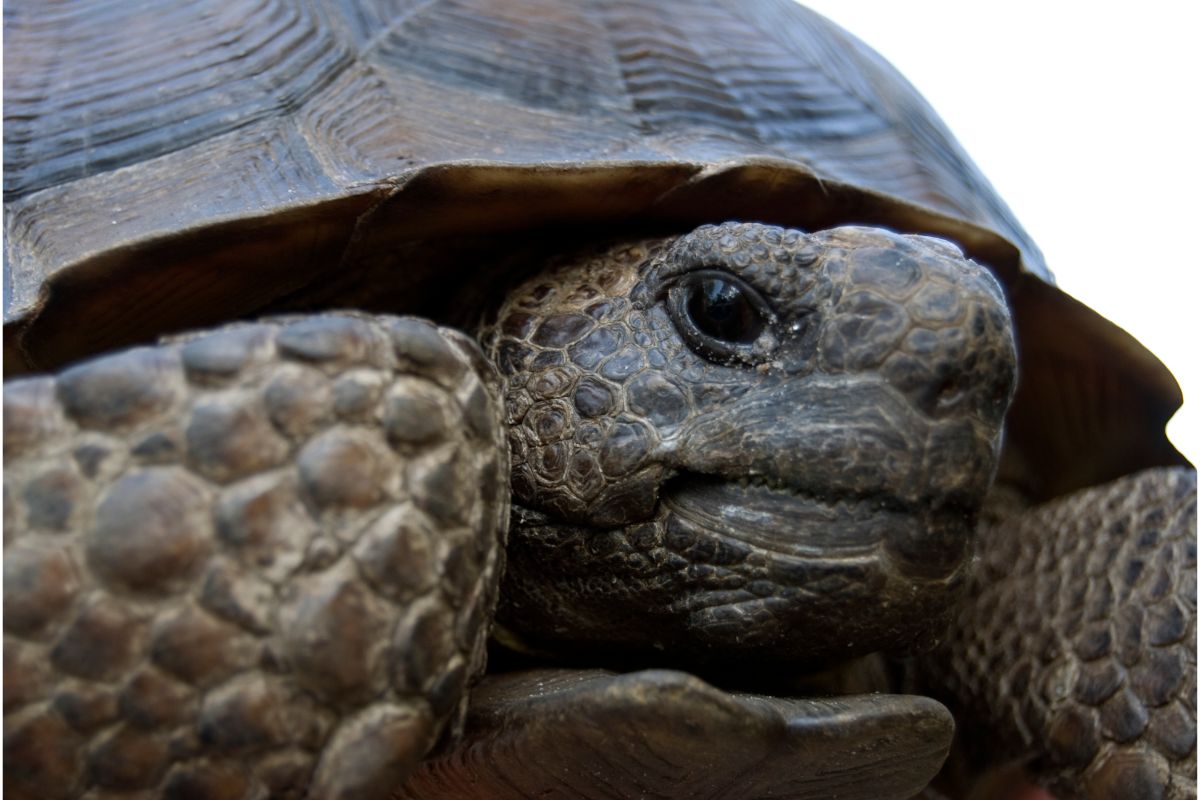As human beings, we have a huge responsibility to care for and protect the other creatures we share our planet with. This is particularly important considering we’re the reason most species are endangered in the first place.
This couldn’t be more true for the whale. Once found thriving all over the world, these aquatic species are now threatened.
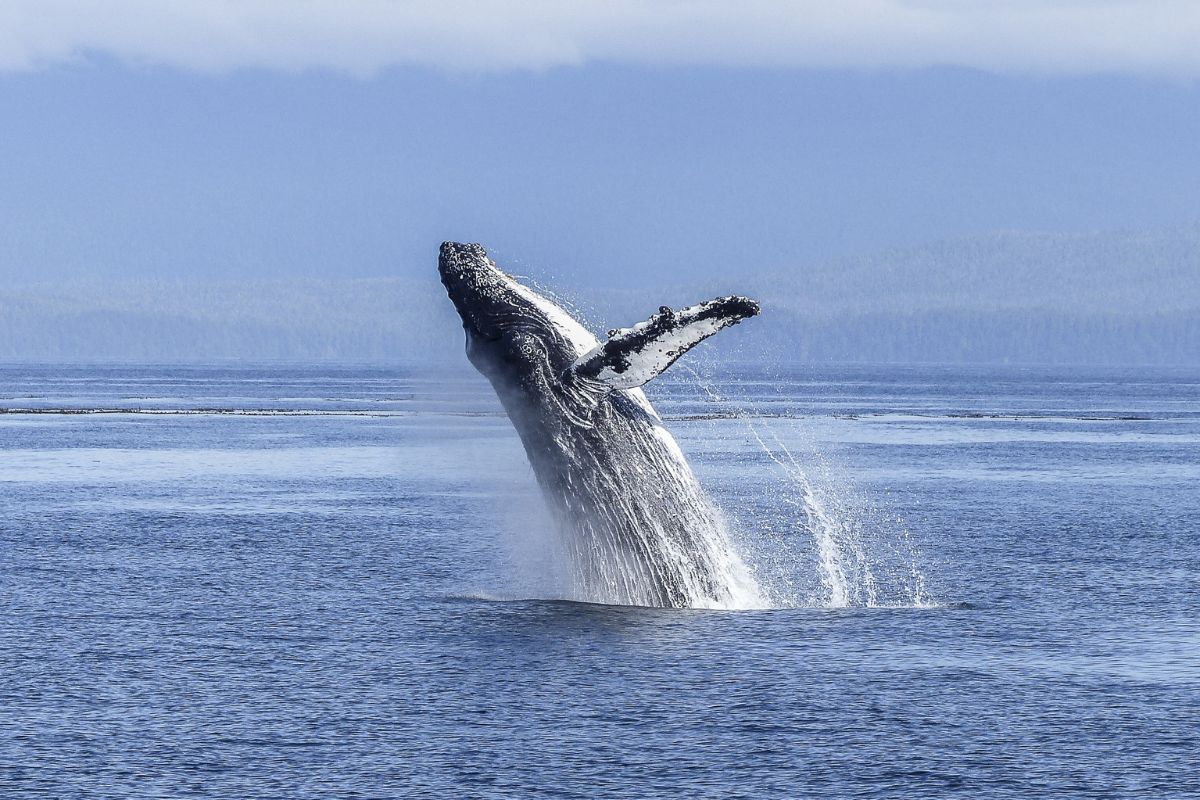
Critically endangered as a result of whaling, habitat destruction, and global warming, if we don’t act soon, the beautiful whale species’ the world has blessed us with will be nothing but a distant memory.
Luckily, there is still plenty of time and opportunity to turn things around. Today, we want to show you what we can do as individuals and as a collective to protect the whale’s habitats.
If you want to play your part and help make a positive impact on the lives of every whale species, be sure to stick around and take what we say on board!
What’s The Current Situation?
Before we start looking at ways we can protect the whale’s habitats, let’s take a quick look at what the current situation looks like.
The current situation for the whale population doesn’t look good.
Having said that, there are already a number of things being put in place in an effort to reduce the declining whale numbers and instead increase populations.
However, for some species of whale, those efforts still aren’t enough. For example, the North Atlantic right whale population now sits at approximately 366.
The population has now seen a decline for the last 10 years.
The same is happening with other species too. In fact, there are now an estimated 10,000 to 25,000 whales left in the world.
That’s an astonishing and frightening 10% of the original whale population.
6 out of 13 great whale species are classed as endangered or vulnerable.
What’s Causing The Problem?
There is a wide range of factors causing the whale population problems. Almost all of these problems are directly linked to humans.
Most of the problems we have caused relate to the destruction and disturbance of the whale’s habitat. Another huge problem is whaling. Over 1,000 whales a year are killed for commercial purposes.
Key factors affecting the whale’s habitat are:
- Pollution – Toxic chemicals, metals, and plastic directly impact the whale’s immune system and ability to reproduce. Some even get tangled in large nets.
- Oil and Gas Development – Seismic testing, hearing damage, oil leaks, and loss of habitat can all be linked to the oil and gas industry.
- Habitat Degradation – Increased human activity such as harbors, fisheries, landfills, and boat traffic has reduced habitat size and created a much higher chance of accidental killings.
- Climate Change – Climate change has made waters warmer. This reduces the levels of oxygen available, putting bigger stress on the whale.
How Can We Protect Whales And Their Habitats?
So, how can we turn the tides in the whale’s favor and ensure their long-term survival?
Well, the process may be a long and hard one but there are lots of things we can do as individuals and a population to save the whale and protect its habitat.
In the next part of this post, we’ll list the best things you can do to help.
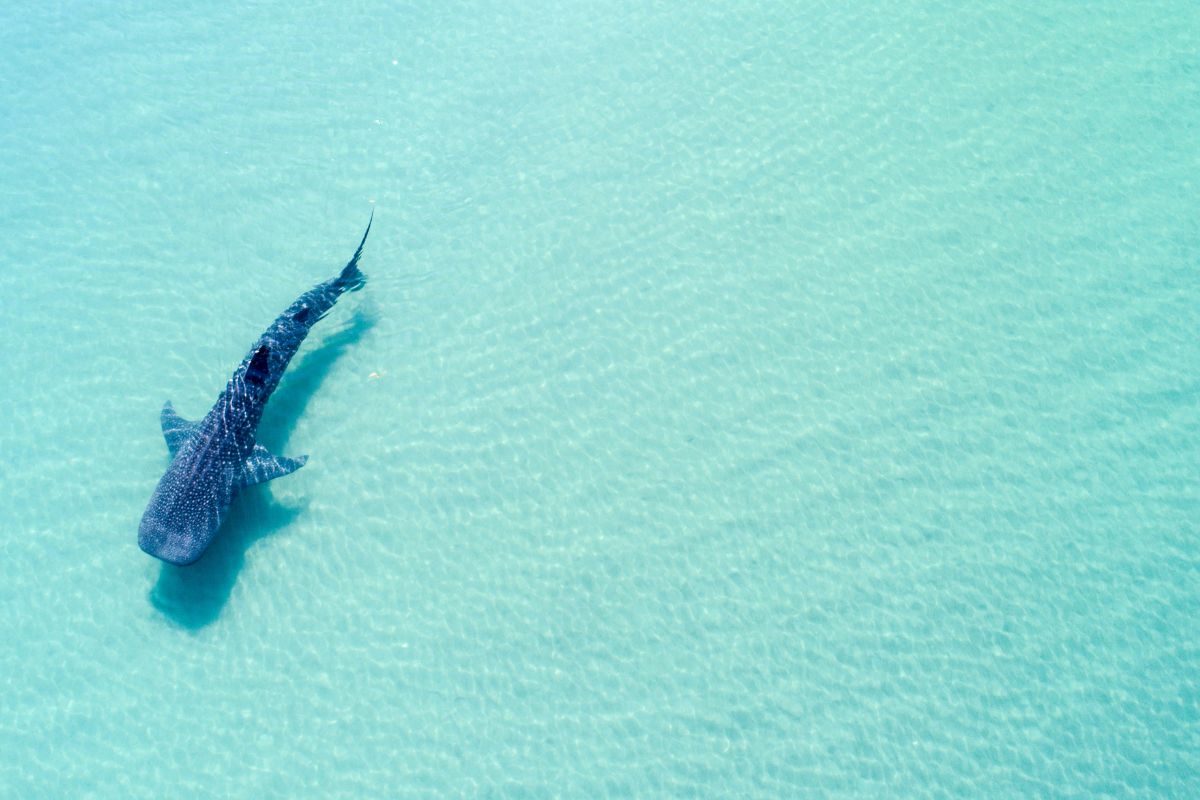
1. Support Organizations That Work To Protect The Ocean
Probably the easiest and arguably the best way you can make a difference and help protect the whales and their habitats is to support organizations that actively work hard to protect the ocean.
Organizations such as WWF (World Wildlife Fund) work tirelessly to protect whales and other species. You can help by donating to their cause.
Your donation or adoption will go towards directly cleaning the sea, tracking whales, preventing whaling, and putting laws in place to prevent the whale’s decline.
2. Reduce Your Use Of Plastic
Plastic is one of the biggest killers in the world right now and it directly impacts the whale population. Plastic is non-biodegradable and ends up in the ocean.
The sheer volume of plastic takes over whale habitats and leads to the damaging of whale immune systems and much more.
You can do your part by using reusable materials instead of plastic and by trying to avoid purchasing products that come in way too much.
For example, use a reusable water bottle instead of a new plastic one every day.
3. Reduce Your Carbon Footprint
If we all work together to reduce our carbon footprint and energy consumption, we can make a huge difference.
One huge factor that results in the death of whales and other sea creatures is climate change, which is partly down to increased levels of carbon in the air.
If we do simple things like walk to work instead of driving and use the stairs instead of the elevator, we can reduce the levels of carbon in the air drastically.
4. Educate Others
If you know more than someone else about habitat destruction and how we can stop it, why not educate them and show them how they can help too. This is especially important if you have children.
The next generation is going to be crucial in helping protect whale habitats and increase numbers, so if we can teach them positive behaviors early, the whales stand a much better chance.
5. Buy Locally Sourced Products
A big problem whales face is the large number of ships that come through their habitats. These ships regularly collide with whales, killing them almost instantly.
The truth of the matter is that these ships are delivering products all over the world. If we can cut down the number of products we have to buy from abroad, we can start to reduce the number of ships passing through whale habitats.
Final Thoughts
Whale populations continue to decline all over the world. As a result, we are nearing a make-or-break point where we have to turn the tides in the whale’s favor. Failure to do so will result in most whale species soon becoming extinct.
With only 10,000 to 25,000 whales left in the world, now’s the time to up our game and do all we can as individuals and groups to save the whale and its habitat.
In this post, we’ve shown you what you can do to save the whale’s habitat and make a big difference in the increase of whale populations.
Now you know how you can help, why not come up with an action plan of what you’re going to do.
- What Do Squirrels Eat? Learn About Their Diet and Winter Survival - October 14, 2024
- What Do Raccoons Eat? Discover Their Diet and Eating Habits - October 6, 2024
- What do foxes eat? - October 5, 2024


